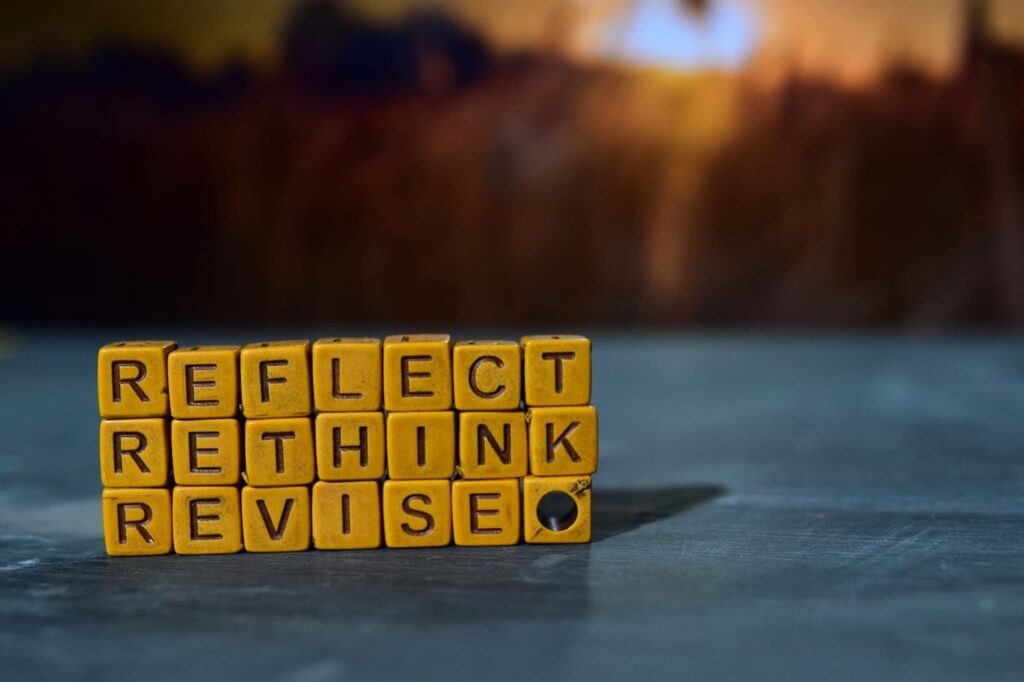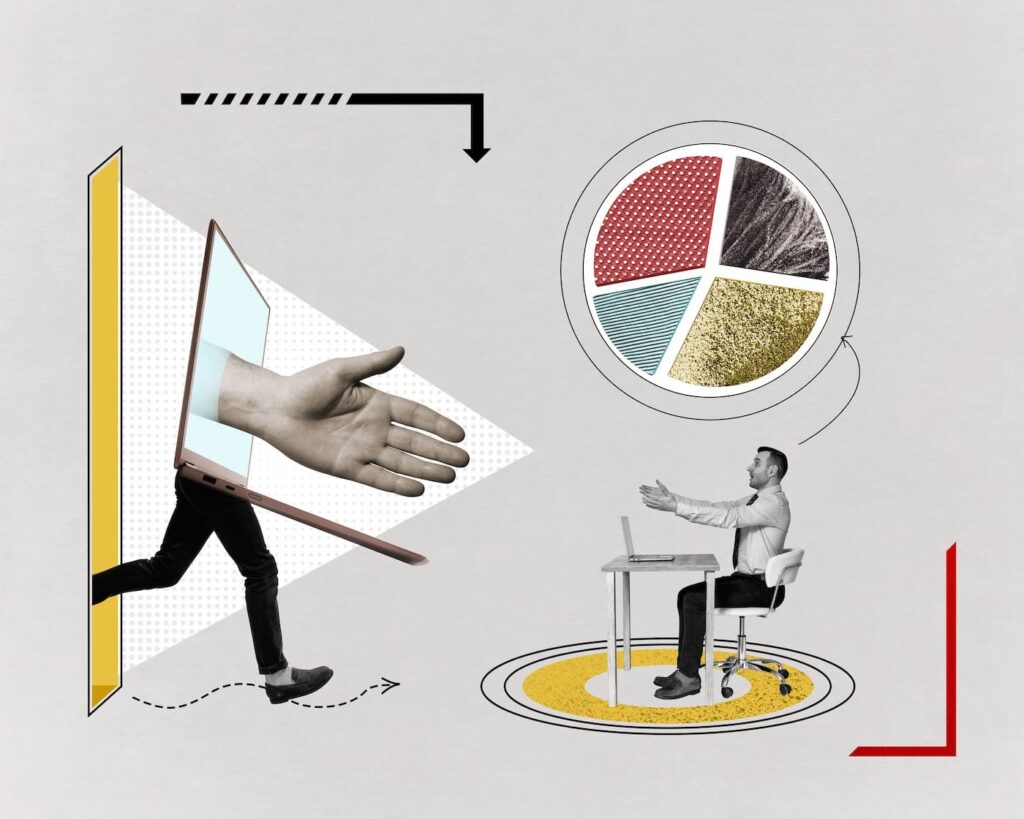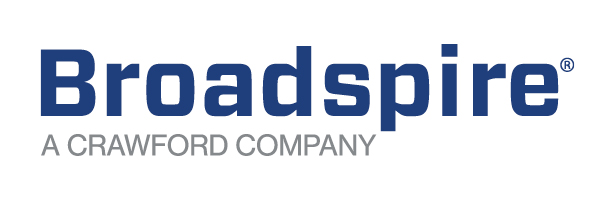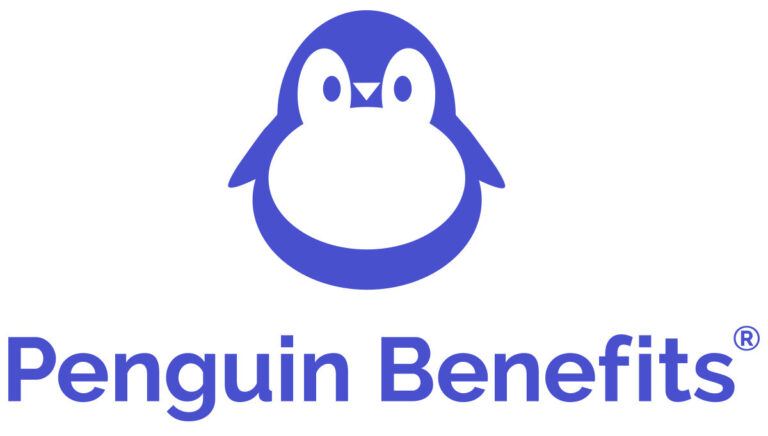 Research shows that depression and anxiety are risk factors for new disabilities. While this is not news to medical experts, it may be for claims adjusters and others in the integrated disability and absence management (IDAM) space, whose work can influence outcomes and return-to-work time frames.
Research shows that depression and anxiety are risk factors for new disabilities. While this is not news to medical experts, it may be for claims adjusters and others in the integrated disability and absence management (IDAM) space, whose work can influence outcomes and return-to-work time frames.
For more than 40 years, medical professionals have urged their colleagues to learn more about the biopsychosocial model of illness to improve outcomes and control costs.1,2 This model assesses the connection between physical and mental health and socioenvironmental factors. IDAM professionals need to understand it better because there is a documented correlation between mental health conditions (MHCs) and disabilities. By acknowledging this reality, they can better help employees stay at work and return to work more quickly.
Studies shows that one out of two people worldwide will develop an MHC during their lifetime3 yet claims managers often ignore MHCs unless they are the primary cause of disability.4 In addition to addressing that oversight, employers should ask about MHCs that are comorbid with physical disabilities such as musculoskeletal disorders, cardiovascular disease, or cancer. These disabilities can significantly affect claim outcomes. In some cases, professionals have seen an associated increase in duration of 20% to 25%.5
Proof
In 2018, an analysis of National Health Interview Survey (NHIS) data found more than 20% of people reporting a work disability cited an MHC as one of the reasons.6 That was considerably higher than industry benchmarking data for the percentage of short-term disability claims when an MHC was the primary diagnosis (about 7%), which suggests that a lot of MHC comorbidity is involved in physical disability episodes.
A deep dive into a large commercial data set integrating anonymized medical, pharmacy, and leave of absence claims confirmed this finding. The focus was on anxiety and depression, which are by far the most common MHCs worldwide7 and frequently are comorbid conditions.8 The research also considered disability claims when the primary diagnosis was not an MHC or pregnancy-related (physical disabilities). This research, which was conducted by article authors and others, was published in the Journal of Occupational and Environmental Medicine.9
Data
A little more than 12% of (physical) disability claimants showed evidence of pre-existing (within a year leading up to the date of disability) depression or anxiety in the medical/pharmacy claims data. Add that to the percentage of claims with an MHC as primary diagnosis and you come close to 20%, which is consistent with what the earlier study of NHIS data found.
About 8% of (physical) disability claimants had new-onset depression. In other words, they didn’t have depression or anxiety in the year before their disability started but it showed up in their medical/pharmacy data in the year following it. Add that to the number of people with pre-existing depression or anxiety — either as a primary or secondary diagnosis — and you’ve got an even larger claimant population in which mental health is an issue.
The lead researchers also compared the physical-disability claimant population with a larger population of individuals who didn’t have a work leave and then ran a number of regression models for details.10 The findings:
-
- If you’ve got depression or anxiety, the odds of taking a leave of absence, due to a physical disability within a year are more than two times higher than if you didn’t have depression or anxiety.
-
- If you’ve never had depression or anxiety but need a leave of absence because of a physical disability, your odds of developing depression or anxiety within a year are more than four times higher than if you hadn’t gone out on leave.
So, not only is depression or anxiety a risk factor for a new disability, but disability itself is a risk factor — and a substantial one at that — for a new disability.
Mental Health: An Issue for All Disability Claimants
If you look at the work disability experience from a whole-person, biopsychosocial perspective, you get some sense of how being out on disability might lead to depression and/or anxiety. Your normal routine is upended, there’s a good chance you’re home- or facility-bound, you have less contact with close friends and work colleagues, and the recovery process may not go smoothly.
That’s what Fred (coauthor) realized when he had alarming and unexpected complications following hip replacement surgery a few years ago. “I felt myself coming close to the brink,” he wrote yet “somehow, I beat the odds.”10 Several psychosocial factors, noted below, helped Fred and could be models that employers should consider to support employees out on leave.
-
- Work as therapy: A 2016 systematic review of relevant research found that “[t]he available evidence supports the proposition that work can be beneficial for an employee’s well-being, particularly if good-quality supervision is present and there are favourable workplace conditions [emphasis added].”11 However, it is important to emphasize that it is not at all helpful to return someone to a toxic work environment.12 There are also organizations that help clients deploy questionnaires that assess disability claimants’ perceptions about workplace conditions, thus enabling claims managers to do a better job returning them to work.13
-
- Job flexibility: Fred was able to work remotely and part-time very soon after surgery. That’s a classic, transitional return-to-work practice, which continues to be viewed by a majority of employers as applicable to workers compensation disability claimants only, notwithstanding that the incidence rate for nonoccupational disabilities is about five times that of occupational ones.14
-
- Social connection: There’s considerable evidence that loneliness (social disconnection) has adverse mental-health impacts, and people with disabilities have higher levels of loneliness than those without disabilities. 15-17 The American Medical Association has advised physicians to learn how to screen patients for loneliness,18 and claims managers should do the same. Now that the so-called “loneliness epidemic” has gotten the Surgeon General’s attention,19 a robust suite of community-based interventions for addressing social isolation, loneliness, and connection is rapidly emerging.20 One challenge to absence and disability managers: Review the interventions that work in this context and consider how they can be adapted for the benefit of disability claimants. 20
-
- Mindset: Fred has a “Serenity Now!” mantra, which was strengthened by a number of encounters with therapists specializing in modalities, such as cognitive behavioral therapy21 and acceptance and commitment therapy. 22 But you don’t have to see a therapist to learn how to develop a resilient mindset. Non-clinician-based digital mental health services have come to the forefront in recent years23 and are gaining traction among employers looking to beef up their mental health benefits offerings.24 Making these available to disability claimants could improve outcomes. And many insurers and third-party administrators are offering virtual coaching services that provide behavioral-health interventions for their disability claimants.25
The biopsychosocial model of illness applies to work disability. There’s an important bidirectional association between mental health and work disability that’s often overlooked. If claims managers gained a better understanding of psychosocial factors and related tools, employers would reap the rewards.
References
-
- The Need for a New Medical Model: A Challenge for Biomedicine. April, 8, 1977. Retrieved from https://pubmed.ncbi.nlm.nih.gov/847460/
-
- Clinical Rehabilitation. The Biopsychosocial Model of Illness: A Model Whose Time has Come. Aug. 31, 2017. Retrieved from https://journals.sagepub.com/doi/10.1177/0269215517709890
-
- Harvard Medical School. Half of World’s Population Will Experience a Mental Health Disorder. July 31. 2023. Retrieved from https://hms.harvard.edu/news/half-worlds-population-will-experience-mental-health-disorder
-
- DMEC @Work magazine. Managing Behavioral Health Disability Claims. May 12, 2023. Retrieved from https://dmec.org/2023/05/12/managing-behavioral-health-disability-claims/
-
- The Claim Lab. Proprietary datasets
-
- Disability Health. Prevalence and Causes of Work Disability Among Working-Age U.S. Adults, 2011-2013. Retrieved from https://pubmed.ncbi.nlm.nih.gov/28476583/
-
- World Health Organization. Mental Disorders. June 8, 2022. Retrieved from https://www.who.int/news-room/fact-sheets/detail/mental-disorders
-
- National Alliance on Mental Illness. The Comorbidity of Anxiety and Depression. Jan. 19, 2018. Retrieved from https://www.nami.org/Blogs/NAMI-Blog/January-2018/The-Comorbidity-of-Anxiety-and-Depression
-
- Journal of Occupational and Environmental Medicine. Pre-Existing and New-Onset Depression and Anxiety Among Workers with Injury or Illness Work Leaves. October 2020. Retrieved from https://journals.lww.com/joem/fulltext/2020/10000/pre_existing_and_new_onset_depression_and_anxiety.21.aspx
-
- The Council for Disability Income Awareness. Finding Gratitude on the Crooked Path to Recovery. April 29, 2021. Retrieved from https://blog.disabilitycanhappen.org/finding-gratitude-on-the-crooked-path-to-recovery/
-
- Australian Psychiatry. The Mental Health Benefits of Employment: Results of a Systemic Meta-Review. Volume 24. Issue 4. Retrieved from https://journals.sagepub.com/doi/10.1177/1039856215618523
-
- International Journal of Environmental Research and Public Health. How Toxic Workplace Environment Effects the Employee Engagement: The Mediating Role of Organizational Support and Employee Wellbeing. 2021. Retrieved from https://doi.org/10.3390/ijerph18052294
-
- The Claim Lab. The Lurking Workplace Issue. Jan. 28, 2023. Retrieved from https://www.claimlab.org/january-2023-the-lurking-workplace-issue/
-
- Integrated Benefits Institute. IBI Benchmarking Analytics: Which Diagnoses Drive STD Incidence, Costs, and Lost Time? Retrieved from https://www. ibiweb.org/resources/ibi-benchmarking-analytics-which-diagno- ses-drive-std-incidence-costs-and-lost-time; LinkedIn. Health-Related Work Absence in 2023: Are We Entering a New Era? Jan. 15, 2024. Retrieved from https://www.linkedin.com/pulse/health-related-work-absence-2023-we-entering-new-era-fred-schott-i2f2e/); U.S. Bureau of Labor Statistics. Injuries, Illness, and Fatalities. Retrieved from https://www.bls.gov/web/osh/table-1-industry- rates-national.htm
-
- BMC Psychiatry. Associations Between Loneliness and Perceived Social Support and Outcomes of Mental Health Problems: A Systematic Review. Retrieved from https://doi.org/10.1186/s12888-018-1736-5
-
- Social Psychiatry and Psychiatric Epidemiology. Loneliness and the Onset of New Mental Health Problems in the General Population. May 18, 2022. Retrieved from https://doi.org/10.1007/s00127-022-02261-7
-
- Disability Health Journal. Loneliness, Social Support, Social Isolation and Wellbeing Among Working Age Adults With and Without Disability: Cross-Sectional Study. Jan. 14, 2021. Retrieved from 10.1016/j.dhjo.2020.100965
-
- American Medical Association. Loneliness is a Public Health Crisis. Learn How to Screen for It. July 6, 2023. Retrieved from https://www.ama-assn.org/delivering-care/population-care/loneliness-public-health-crisis-learn-how-screen-it
-
- S. Surgeon General. Our Epidemic of Loneliness and Isolation. 2023. Retrieved from https://www.hhs.gov/sites/default/files/surgeon-general-social-connection-advisory.pdf
-
- Foundation for Social Connection. How We Catalyze Solutions for Connection. Retrieved from https://www.social-connection.org/what-we-do/innovation/
-
- Clinical Practice Guidelines for the Treatment of Post-Traumatic Stress Disorder. What is Cognitive Behavioral Therapy? Retrieved from https://www.apa.org/ptsd-guideline/patients-and-families/cognitive-behavioral
-
- Psychology Today. Acceptance and Commitment Therapy. Retrieved from https://www.psychologytoday.com/us/therapy-types/acceptance-and-commitment-therapy
-
- Harvard Business Review. Digital Tools are Revolutionizing Mental Health Care in the U.S. Retrieved from https://hbr.org/2020/12/digital-tools-are-revolutionizing-mental-health-care-in-the-u-s
-
- American Psychological Association. Considering Digital Mental Health Tools for Your Employees. April 27, 2022. Retrieved from https://www.apa.org/topics/healthy-workplaces/digital-mental-health-tools
-
- Sun Life. Whole-Person Care Improves Health Symptoms for Members Receiving Disability Benefits. Retrieved from https://www.apa.org/topics/healthy-workplaces/digital-mental-health-tools





































